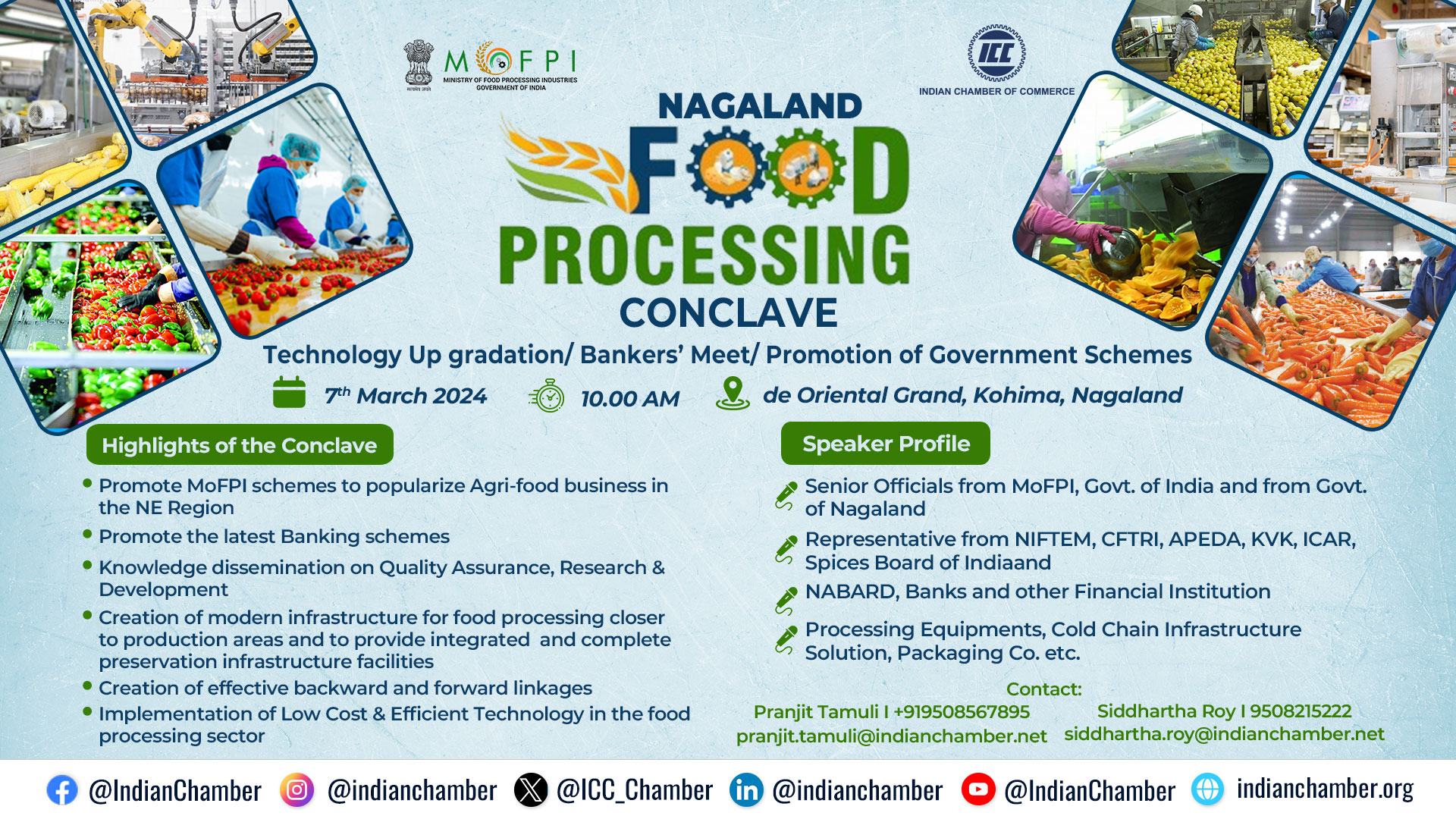Northeast India comprises of seven separate but adjoining states, as well as standalone Sikkim, and is the most tribal region of India. Although the mountainous scenery is arresting, streams, rivers and falls nonchalantly melancholy, the tribal population being nature worshipper and humble the northeast region remains one of the least visited but fastest developing part of India and investments started following.
Since Indian Chamber of Commerce (ICC) setup its North east Regional Office in Guwahati way back in 2000 after organizing 1st North East Business Summit in New Delhi graced by all chief ministers of NE states to attract investors. The then Hon’ble Prime Minister of India Shree Atal Bihari Vajpayee had graced the 1st NEBS as Chief Guest and promoted North east India not only as tourist destination but also as an ideal investment destination with unlimited opportunities.Northeast India shares 98% of its border with Bhutan, Bangladesh, China, and Myanmar, should be seen a trade and commerce opportunity than a political issue. Tourist numbers to the region have been dramatically increasing in recent years. Northeast India is the eastern-most region of India connected to East India via a narrow corridor squeezed between Nepal and Bangladesh. It comprises the contiguous Seven Sister States (Arunachal Pradesh, Assam, Manipur, Meghalaya, Mizoram, Nagaland, and Tripura), plus the Himalayan state of Sikkim. These states are grouped under the Ministry of Development of North eastern Region (DoNER) ministry of the Government of India. Except for the Goalpara region of Assam, the rest were late entrants to the British India, the Brahmaputra valley area of Assam became a part of British India in 1824, and the hill regions were incorporated even later. Sikkim joined the Indian union through a referendum in 1975 and was recognised as part of Northeast India in the 1990s. In terms of geographical size, Northeast India constitute about 8% of the total India’s size, and is roughly 3/4th the size of the state of Maharashtra. Northeast India’s population (all 8 states combined) is approximately 40 million (2011 census), which represents 3.1% of the total Indian population (1,210 million). Northeast India’s population size is roughly equal to the state of Odisha.The Siliguri Corridor in West Bengal, with a width of 21 to 40 kilometres (13 to 25 mi), connects the North Eastern region with the main part of India. The region shares more than 4,500 kilometres (2,800 mi) of international border (about 90 per cent of its entire border area) with China (South Tibet) in the north, Myanmar in the east, Bangladesh in the southwest, and Bhutan to the northwest The states are officially recognised under the North Eastern Council (NEC), constituted in 1971 as the acting agency for the development of the eight states. The North Eastern Development Finance Corporation Ltd (NEDFi) was incorporated on 9 August 1995 and the Ministry of Development of North Eastern Region (DoNER) was set up in September 2001.














